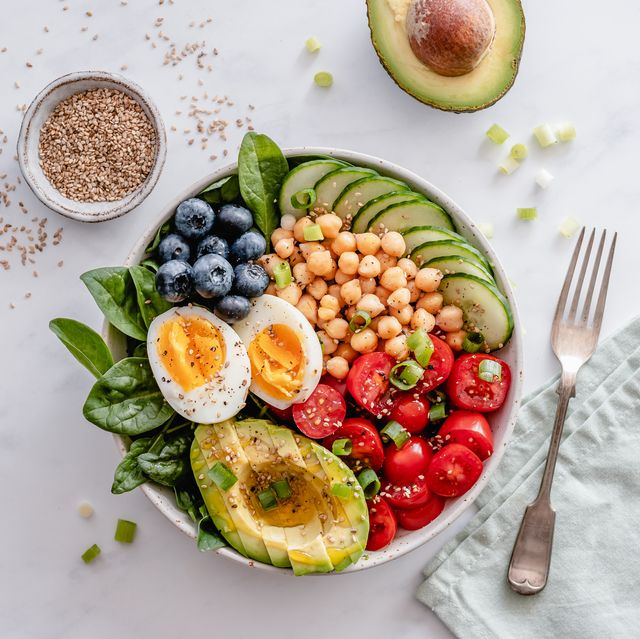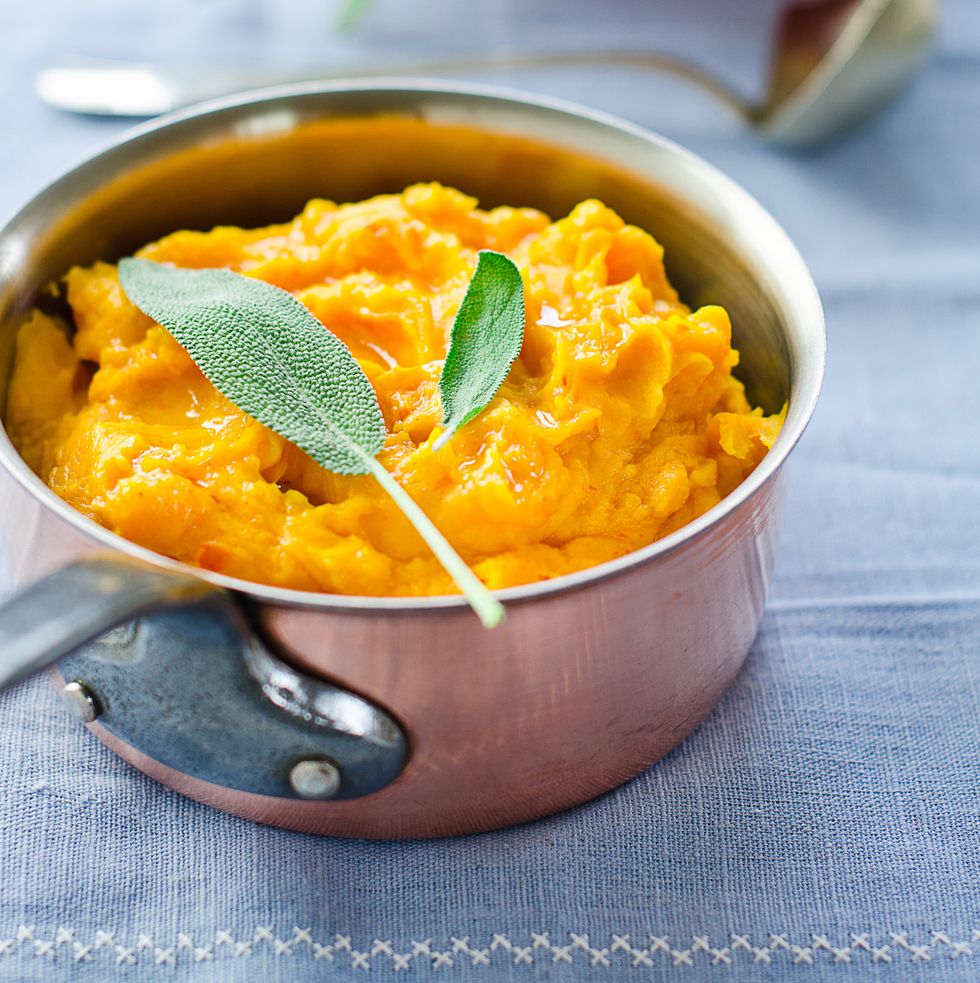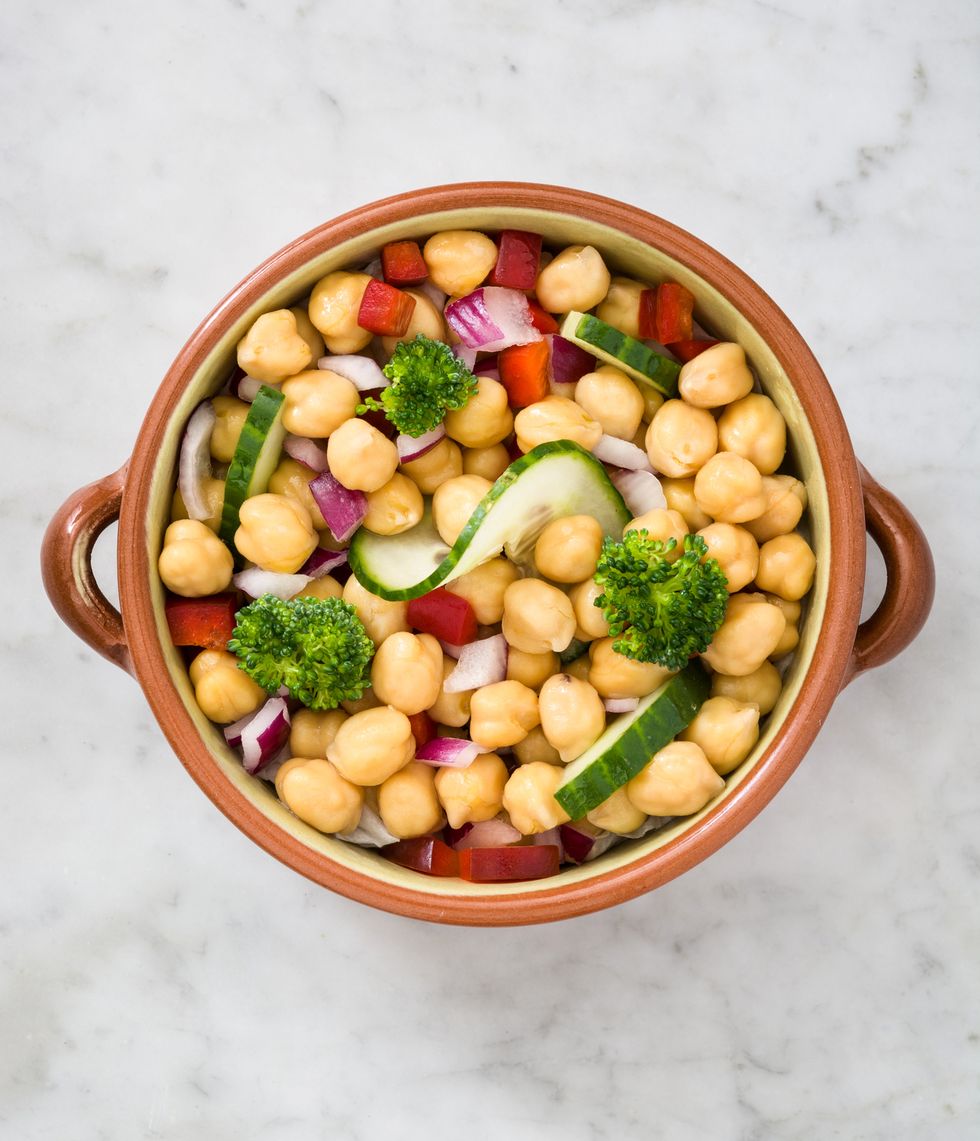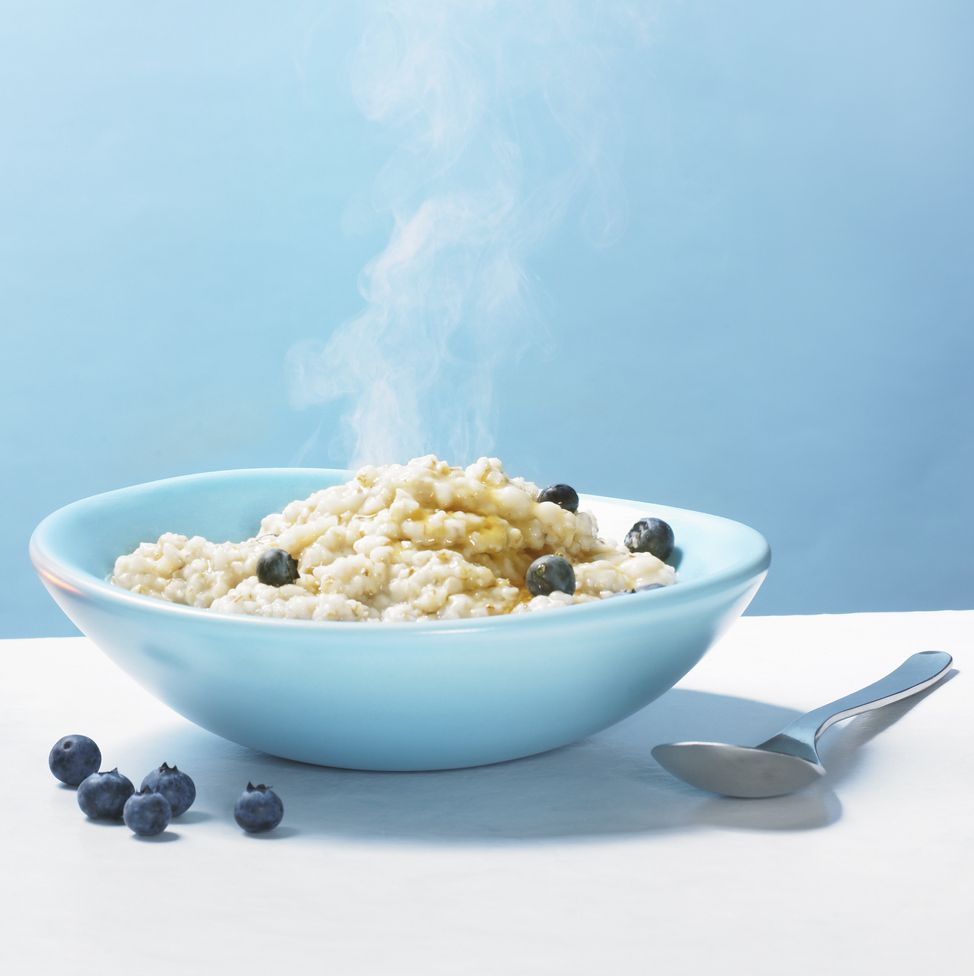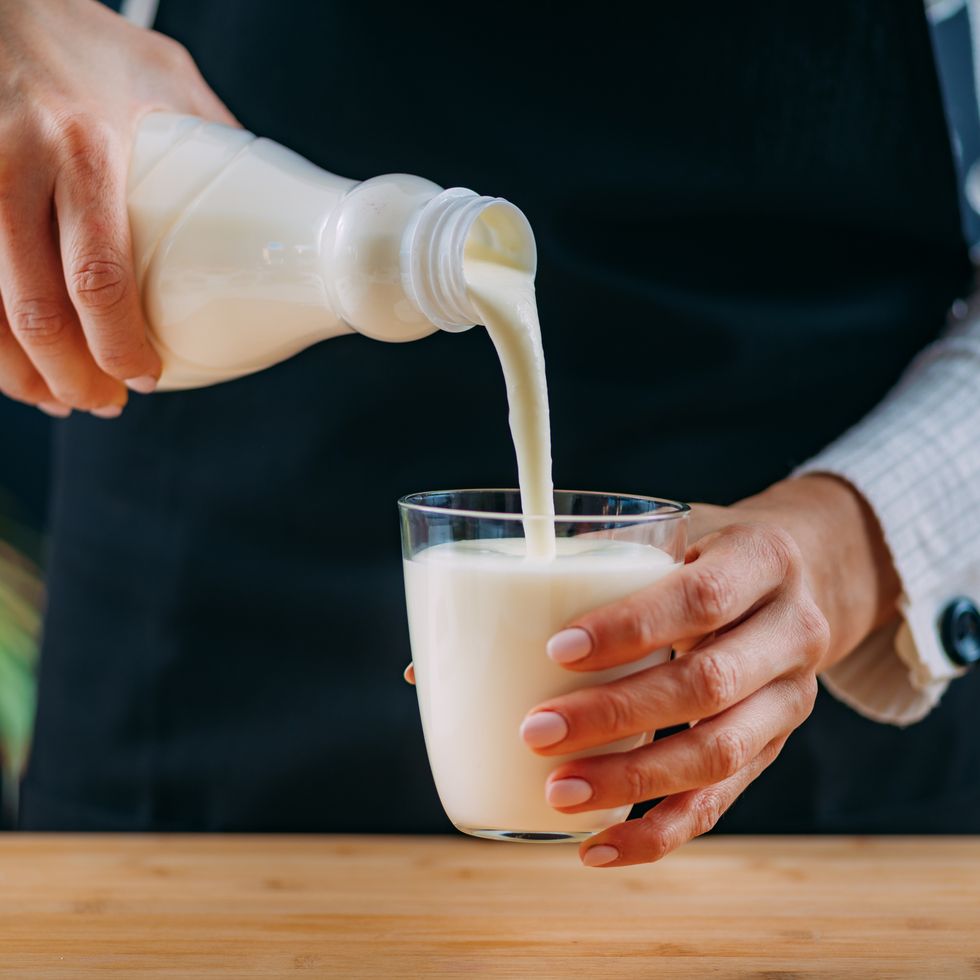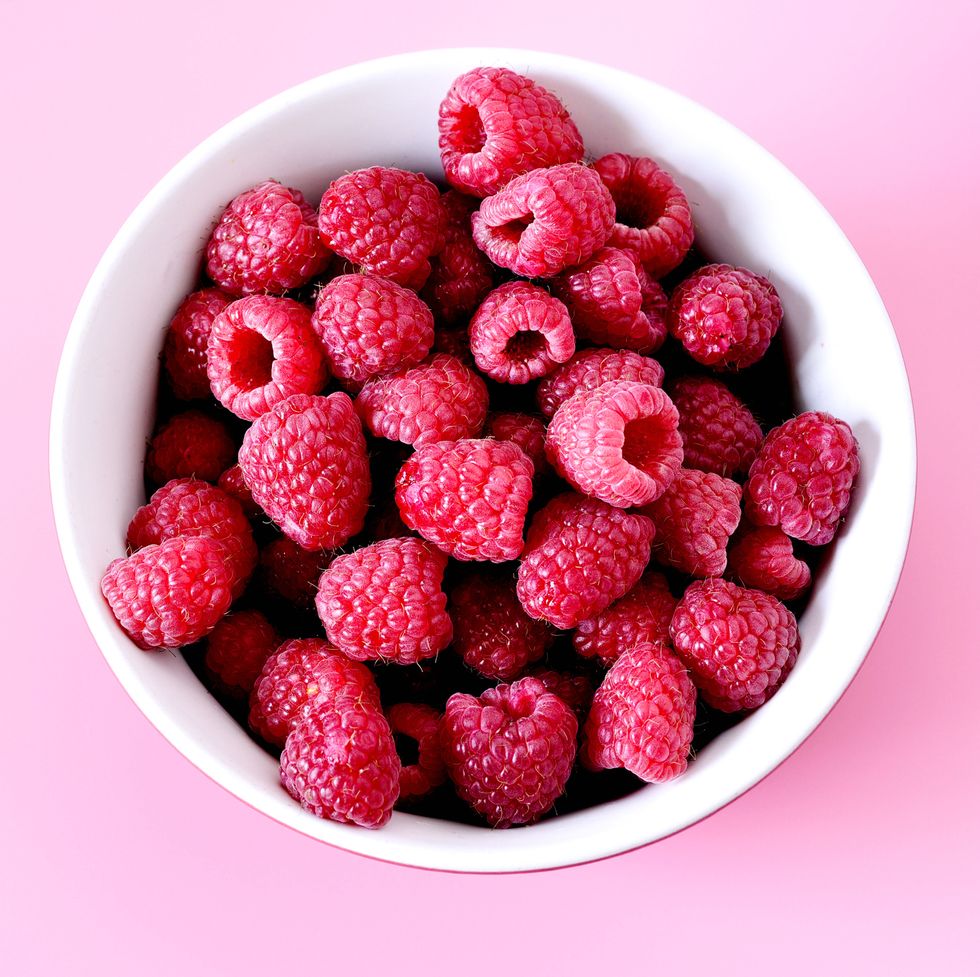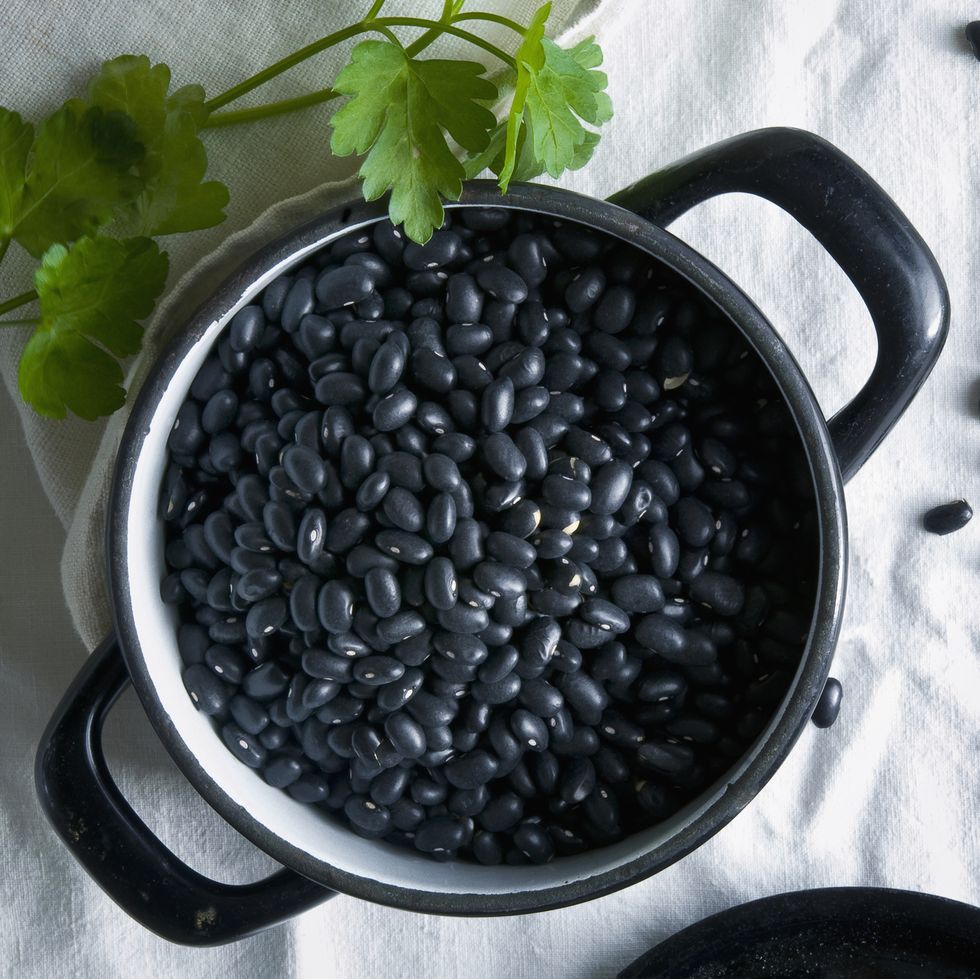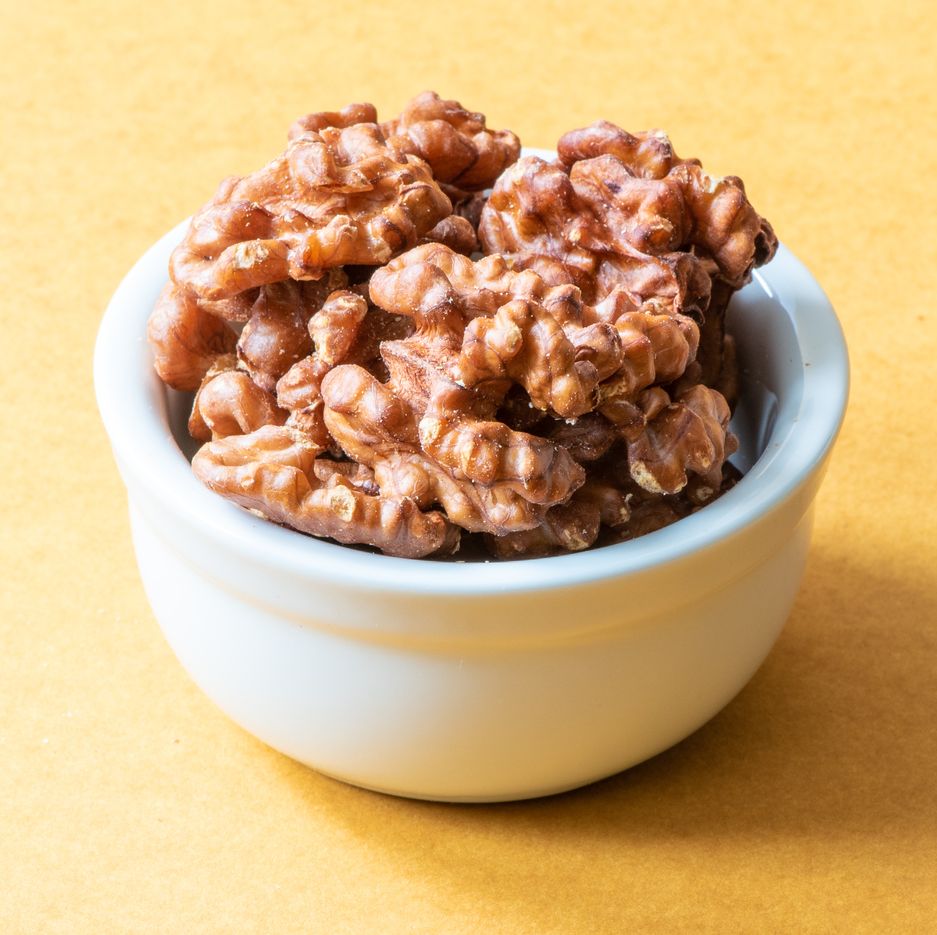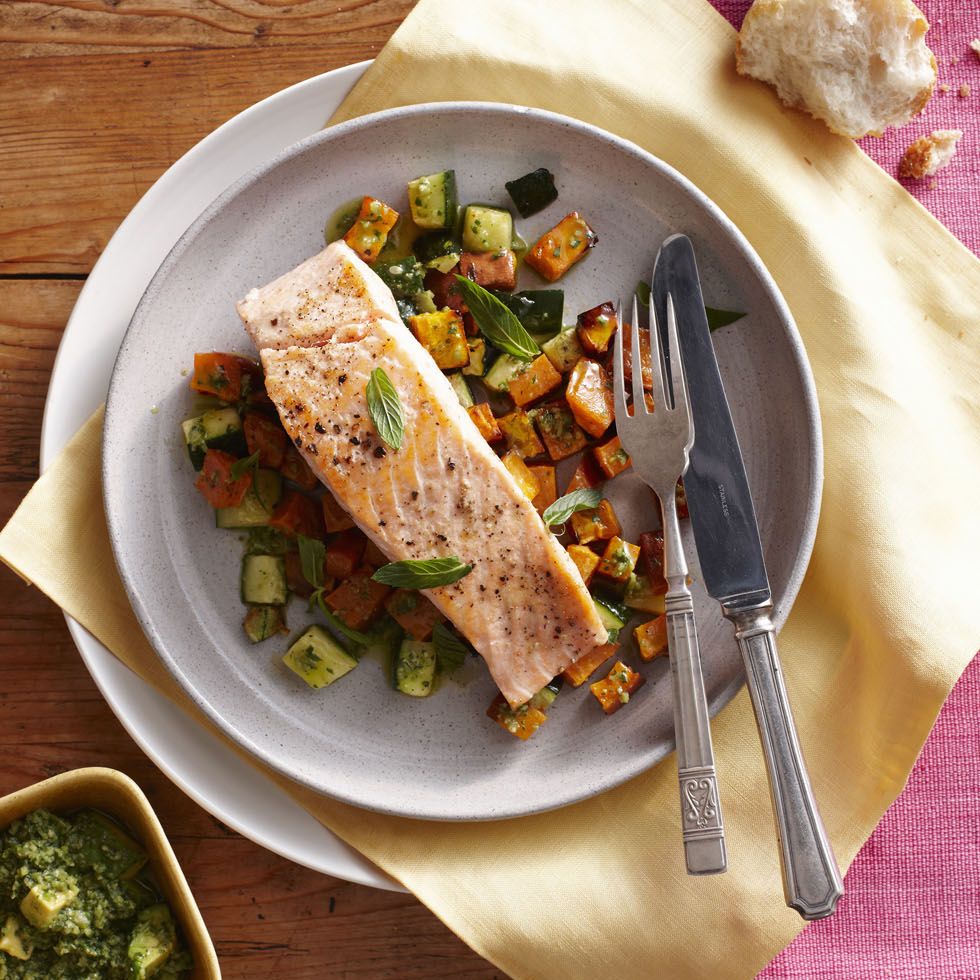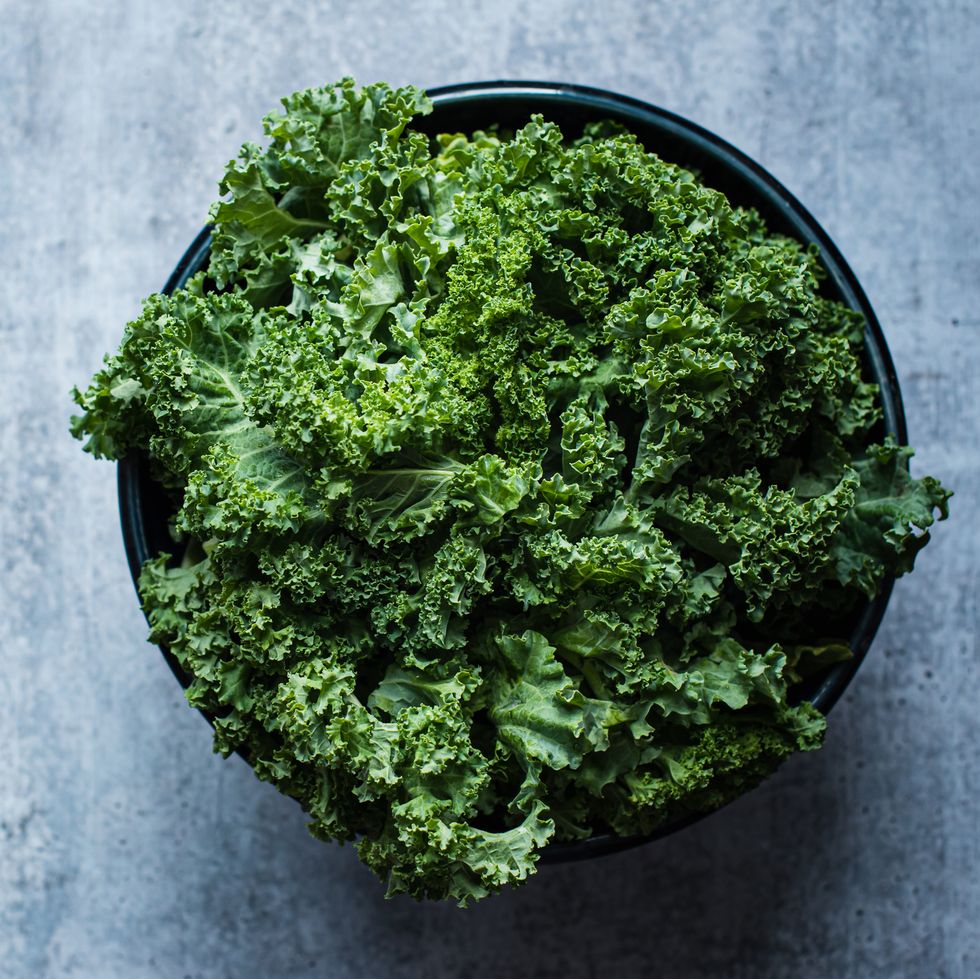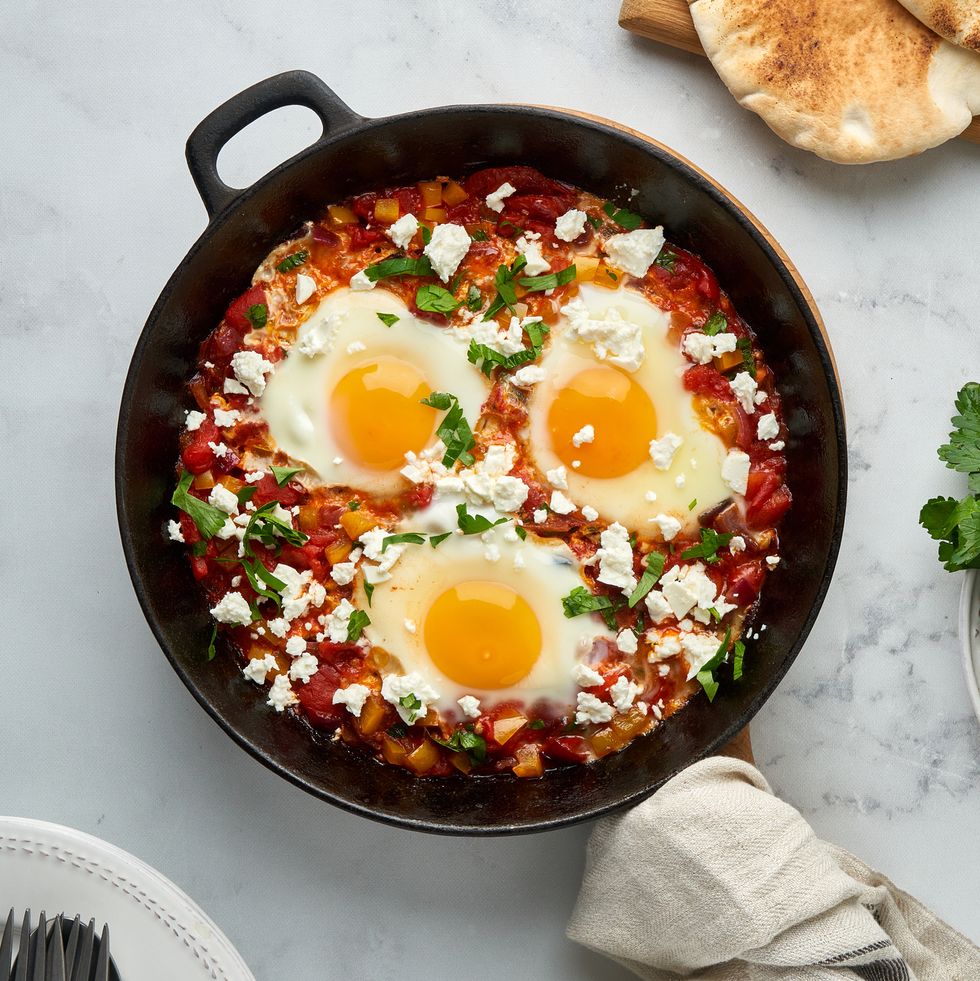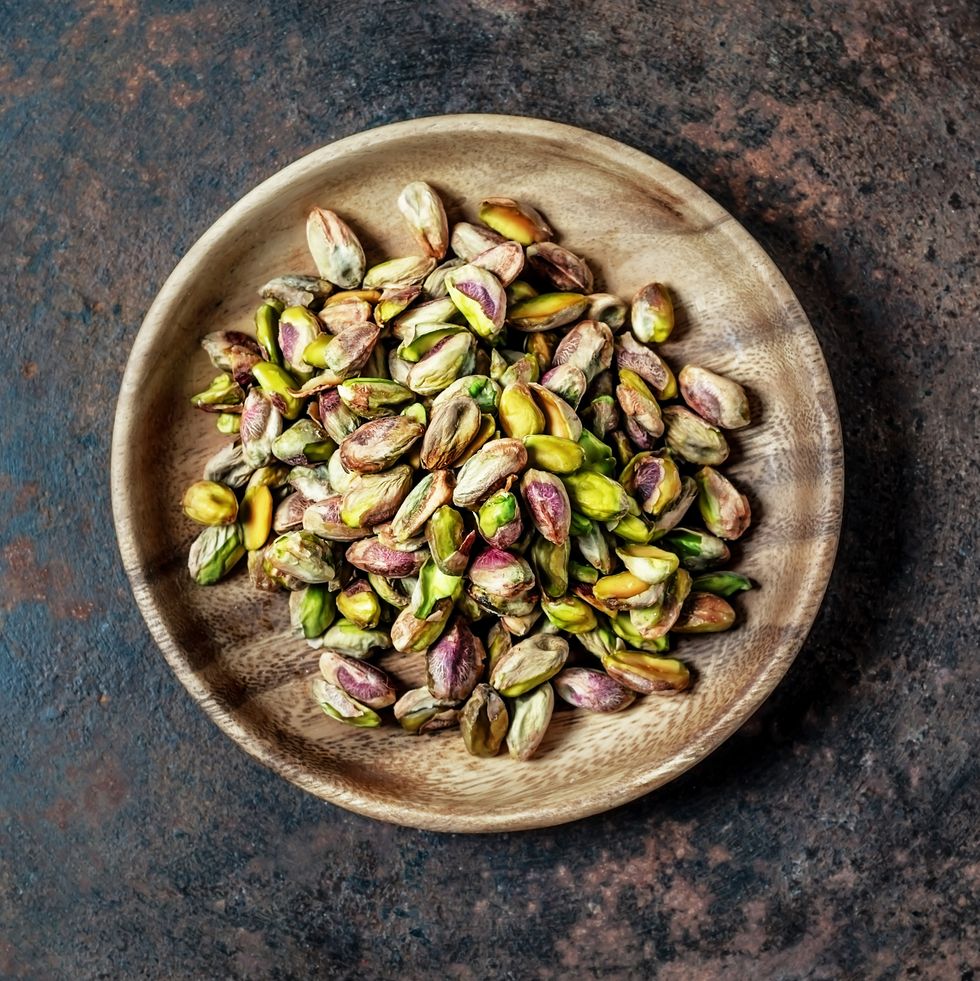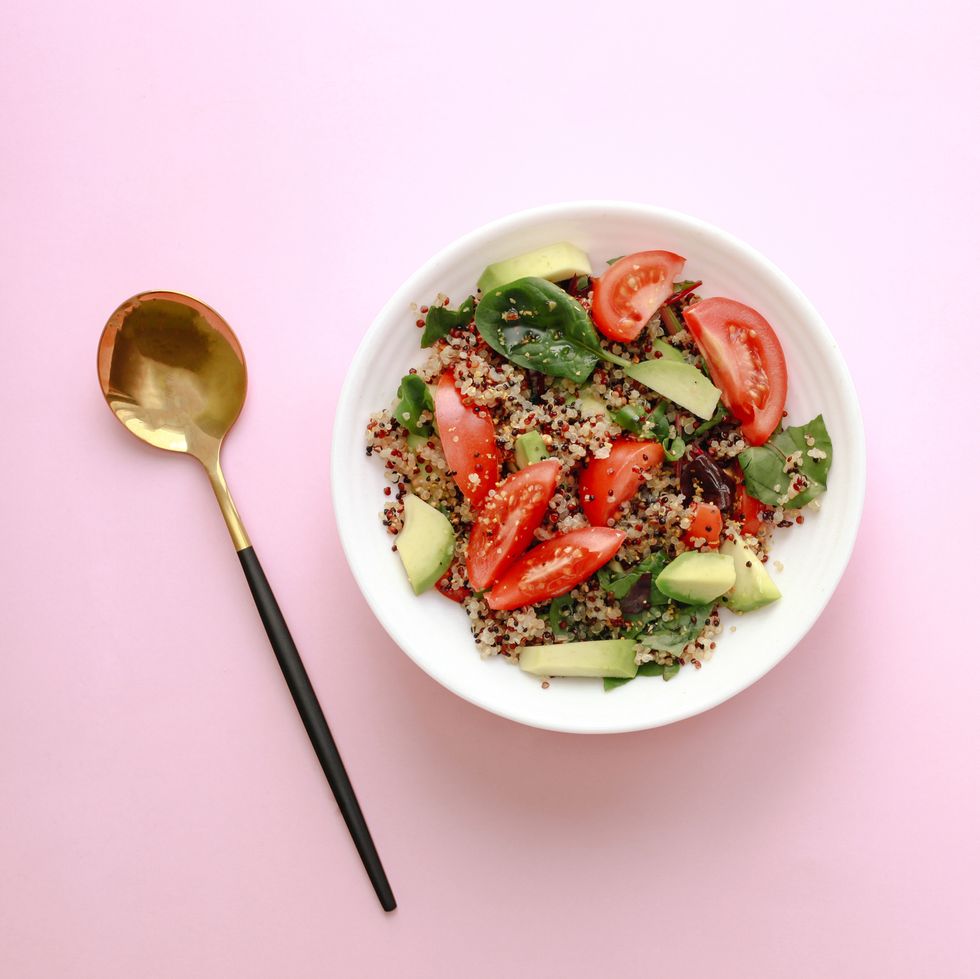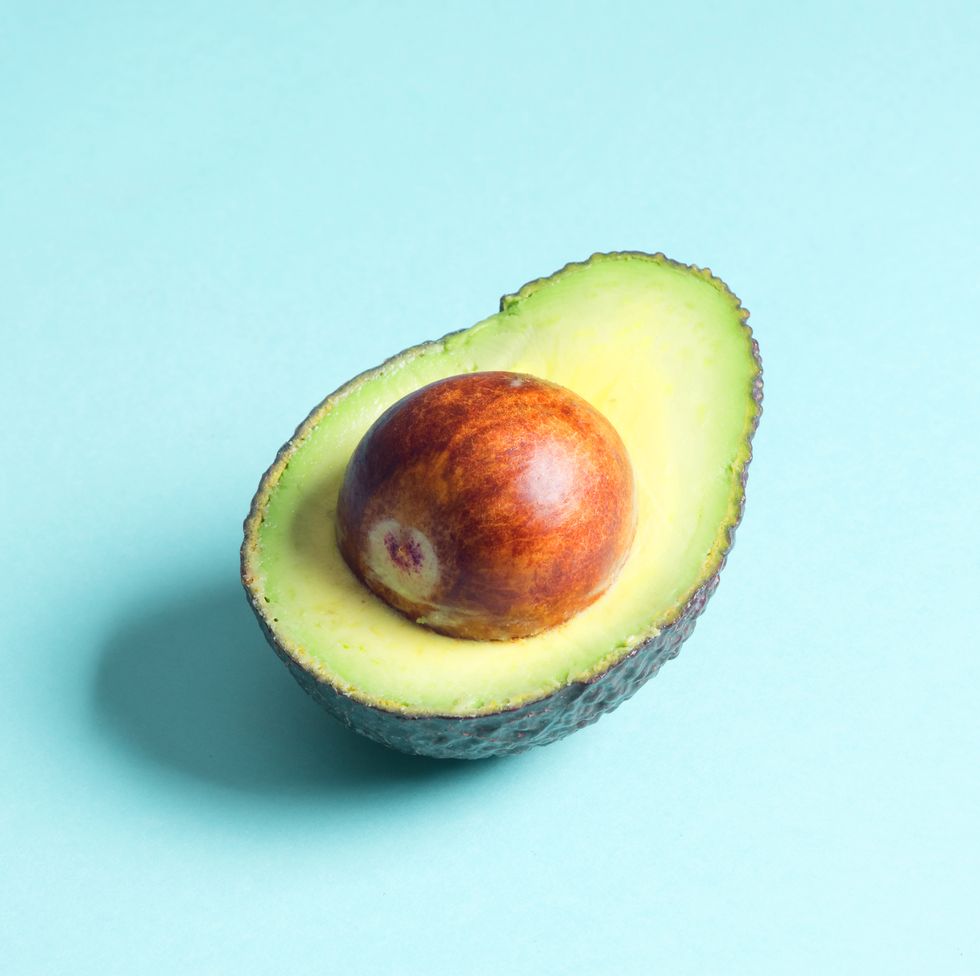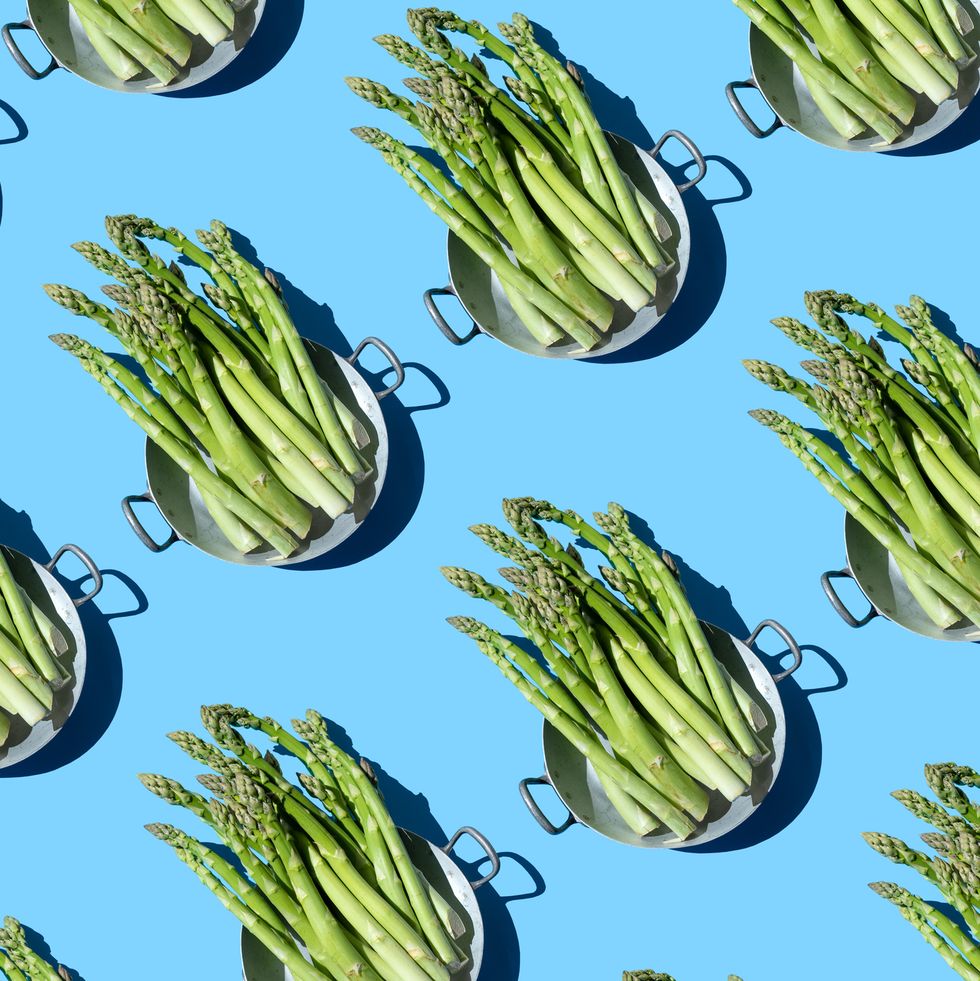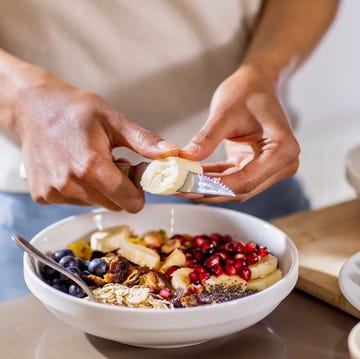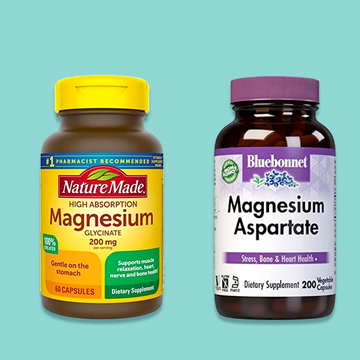17 Best Foods That Aid in Safe Weight Loss, According to Registered Dietitians
There's no one miracle food that will help you "burn belly fat," but there are plenty of low-calorie, nutrient-rich gems to add to your diet.
Even though "feeling healthy" is starting to replace society's obsession around looking a certain way, some people may still want to drop a few pounds for health reasons (or just because!). No one food or beverage will magically melt away weight, but you can improve your health while losing weight safely through enjoying a variety of low-calorie, nutrient-dense foods and avoiding heavily processed foods that are high in excess calories and saturated fat. And you can find these nourishing picks at any grocery store.
Kickstart your healthy weight-loss plan by front-loading your shopping list with these food groups: high-fiber foods and lean proteins. Fiber-forward picks such as colorful fruits and veggies, combined with proteins like poultry, fish and beans and legumes, will help keep you full for longer and also help regulate blood sugar levels to support energy and healthy weight maintenance. And what you eat is only one piece of the healthy weight loss picture: Don't forget to keep up with the other crucial pieces of a healthy lifestyle, including getting regular moderate exercise, staying properly hydrated, and limiting sugary and processed foods that can sabotage weight goals and don't contribute to our overall health.
We've rounded up some of the most delicious, nutritious and versatile foods that can help you in your weight loss journey.
Editor's note: Weight loss, health and body image are complex subjects — before deciding to go on any diet, we invite you to gain a broader perspective by reading our coverage of the hazards of diet culture.

Valerie Agyeman (she/her) is a women's health dietitian and the host of the Flourish Heights podcast, where she produces science-driven content covering overlooked nutrition, wellness and women’s health topics. She has over 10 years of combined nutrition communications, corporate wellness and clinical nutrition experience. Valerie is a trusted expert in the media, regularly appearing on networks such as Fox 5 DC, PIX-11, and ABC’s Good Morning Washington. She is also a contributing expert to publications like Women’s Health Magazine, Prevention, Good Housekeeping, and The Everygirl.


Experts Break Down the "Ozempic Diet"
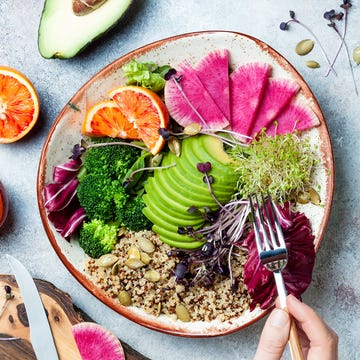
8 Foods You Should Never Eat Raw
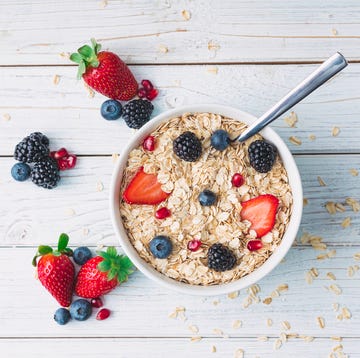
10 Foods Full of Protein and Fiber

Chia Seeds Are Healthier Than You Thought
